News
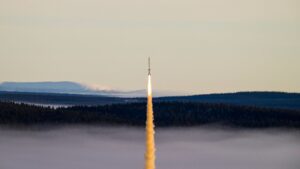
MAPHEUS-14: Four hundred kilograms of research in microgravity
On 27 February 2024 at 8:27 CET the MAPHEUS 14 high-altitude research rocket, operated by the German Aerospace Center (Deutsches Zentrum für Luft- und Raumfahrt; DLR), successfully launched from the Esrange Space Center near Kiruna, Sweden. The high-altitude rocket reached an altitude of 265 kilometres and provided approximately six and a half minutes of microgravity for its scientific payload – a total of 14 experiments which were all safely recovered following landing. The findings from these experiments will benefit future space missions, the development of technology and materials as well as people on Earth.
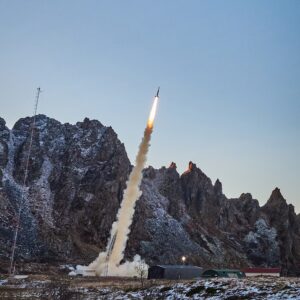
Successful first flight of ‘Red Kite’
A joint project carried out by the German Aerospace Center (Deutsches Zentrum für Luft- und Raumfahrt; DLR) and Bayern-Chemie has now succeeded in developing and qualifying a new solid-propellant rocket motor in the one-tonne class. On 13 November 2023, DLR’s Mobile Rocket Base (Mobile Raketenbasis; MORABA) department of DLR’s Space Operations and Astronaut Training facility launched the first research rocket to be powered by a single-stage ‘Red Kite’ motor from the Andøya Space Center in northern Norway.
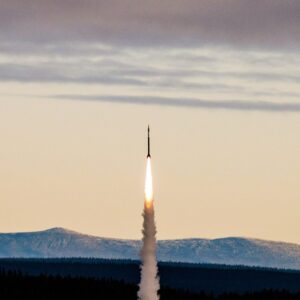
HIFLIER Flight test at Esrange Space Center, Kiruna, Sweden
A team from Air Force Research Laboratory (AFRL), Deutsches Zentrum für Luft- und Raumfahrt – Mobile Rocket Base (DLR-MORABA) and the Swedish Space Corporation (SSC) conducted the launch of the Hypersonic Flight Research Experiment (HIFLIER) from the Esrange test center in Kiruna, Sweden.
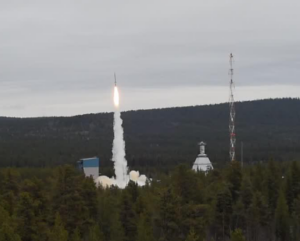
Ride into microgravity with a ‘spy’ amongst numerous experiments
On 21 October 2022 at 09:25, the MAPHEUS 12 research rocket of the German Aerospace Center (Deutsches Zentrums für Luft- und Raumfahrt; DLR) took off from the Esrange Space Center near Kiruna in northern Sweden. It reached an altitude of 260 kilometres before descending back to Earth on a parachute. On board for the first time were nerve cells. The goal is to understand how their electrical signals deviate in microgravity. The research team also investigated how the polarity of cells behaves under microgravity in connection with the development of cancer. The flight also served as a test run under space conditions for new types of solar cells as well as for an encryption technology that will protect the sensitive data of life support systems and space vehicles in the future. It also marked the first time that a reusable ignition unit was used in the upper stage.
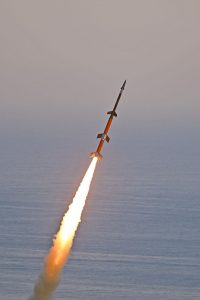
Successful high-speed flight experiments with new sounding rocket configuration
We are pleased to announce the successful launch of STORT on Andøya on June 26, 2022. The three-stage launch vehicle used Brazilian S31 and S30 motors, as well as an Improved Orion motor. We take this opportunity to thank our Brazilian cooperation partners Departamento de Ciência e Tecnologia Aeroespacial (DCTA) with Instituto de Aeronaútica e Espaço (IAE) for their many years of collaboration. STORT is yet another milestone in the joint success story of high-altitude research missions.
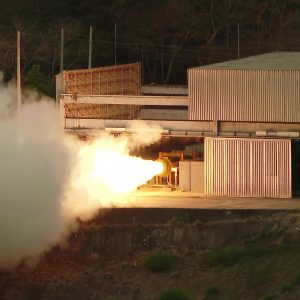
Successful static firing test with DLR involvement
On 1 October 2021, an S50 solid-propellant rocket motor, which will form the first two stages of the new VLM-1 launch vehicle, successfully completed a static firing test in the operational area of Usina Coronel Abner (UCA), in São José dos Campos, São Paulo state, Brazil. The rocket motor that has now been tested will also be used for a new European sounding rocket.
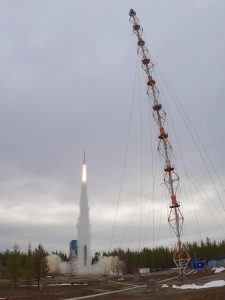
Five and a half minutes of microgravity for experiments
On 24 May 2021, three experiments from the German Aerospace Center (Deutsches Zentrum für Luft- und Raumfahrt; DLR) set off on their short journey into microgravity and back again. The DLR sounding rocket MAPHEUS 11 lifted off from the Esrange Space Center in northern Sweden and carried the materials science experiments MARS, X-RISE and SOMEX to an altitude of 221 kilometres. In the 15 minutes between launch and landing, the payloads followed a parabolic path after the propulsion systems were jettisoned. This allowed five and a half minutes of microgravity to carry out the experiments.

German Aerospace Centre, DLR, sign a Cooperation Agreement with Australia’s Southern Launch
Building on the MOU that was previously signed between DLR – Space Operations and Astronaut Training and Southern Launch on 26 March 2020, the organisations have now signed a Cooperation Agreement further enhancing the relationship.
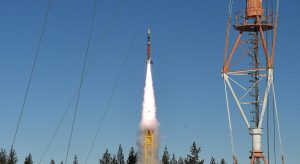
DLR sucht neue Weltraumexperimente von Studierenden
The German-Swedisch REXUS/BEXUS-Program (Rocket and Balloon Experiments for University Students) starts its next round: From now, students of German universities can apply for scientific investigations on sounding rockets and balloons with their own experiments.
Students from ESA member states can apply directly via the ESA homepage.
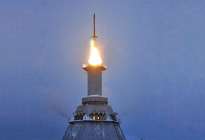
German MORABA News: BAYERN-CHEMIE und DLR schließen Vertrag zur Entwicklung und Herstellung von Feststoffraketenmotoren
Nach ausführlichen Verhandlungen haben die Firma BAYERN-CHEMIE und die Abteilung Mobile Raketenbasis (MORABA) der Einrichtung Raumflugbetrieb und Astronautentraining des Deutschen Zentrums für Luft- und Raumfahrt (DLR) einen Vertrag zur Entwicklung und Herstellung von Feststoffraketenmotoren unterzeichnet.

